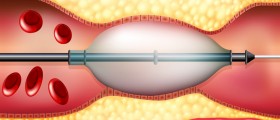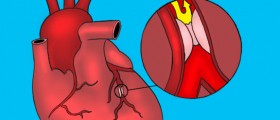
The dilation of the urethra (the tube that carries urine from the bladder to the outside of the body) is a procedure used in the treatment of a urethral stricture, a medical condition marked by a dangerous narrowing of the urethral tube. This kind of stricture can result in a whole host of secondary complications, which can range from infections of the urinary tract to an inability to fully empty the bladder, and both can cause pain and stream problems while urinating.
A urethral stricture can be caused by physical trauma, a history of infection, and cancer as well as cancer treatment (radiation therapy).
Methods used for Urethral Dilation
Urethral dilation can be done in a doctor’s office under local or general anesthesia, which means that patients needing this procedure will not always even need to go into a hospital. The procedure is performed to stretch or dilate the urethra, the tube through which urine is expelled from the body, with the help of progressively larger dilators.
A urethral stricture can occur at any section of the urethral tube. If the urethral stricture is located toward the tip of the penis or opening of the female urethra, it is widened with metal rods of increasing thickness. These rods are known as urethral sounds. Van Buren urethral sounds are most commonly used for the dilation procedure.
Another method of dilation of the urethra involves the use of a long, narrow instrument called the filiform, which is passed through the urethra. After this, dilators called followers of progressively larger diameter are attached to the filiform to widen the stricture.
Another option for men with narrowed urethras involves balloon dilating of the urethral stricture. In this non-surgical medical procedure, a urologist uses a flexible tip guide wire to pass it through the stricture. This instrument is then used to introduce a balloon dilating catheter to the location of the stricture. The balloon catheter is slowly inflated. Once the balloon is deflated, both the catheter and guide wire are taken out. Alternatively, a temporary stenting catheter can be introduced over the guide wire.
Internal Urethrotomy (DVIU)
Internal urethrotomy is also known as optical urethrotomy, visual urethrotomy, or direct vision internal urethrotomy (DVIU). This is a more invasive procedure, performed in an operating room in a hospital while the patient is under general anesthesia. Internal urethrotomy involves the use of a thin telescope or endoscopic instrument to detect the precise location of the stricture. The telescope is inserted into the urethra and then, a small blade is advanced over the instrument to cut along the stricture.
The cut can be made in one or more places to widen the urethral stricture. Next, a urethral stent can be placed for 3 to 5 days to keep the urethra open while the wound heals. However, this most commonly results in the formation of some extent of scar tissue, which has the potential to lead to recurrent stricture. if this happens, the procedure may have to be repeated.
Urethral Stent
In this procedure, an internal metallic stent is placed into the urethra endoscopically. This stent is used to permanently widen the urethra. Although this technique is simple to perform for doctors, there is a high risk of failure and complications because urethral strictures usually form within or adjacent to the stent.

















Your thoughts on this
Loading...